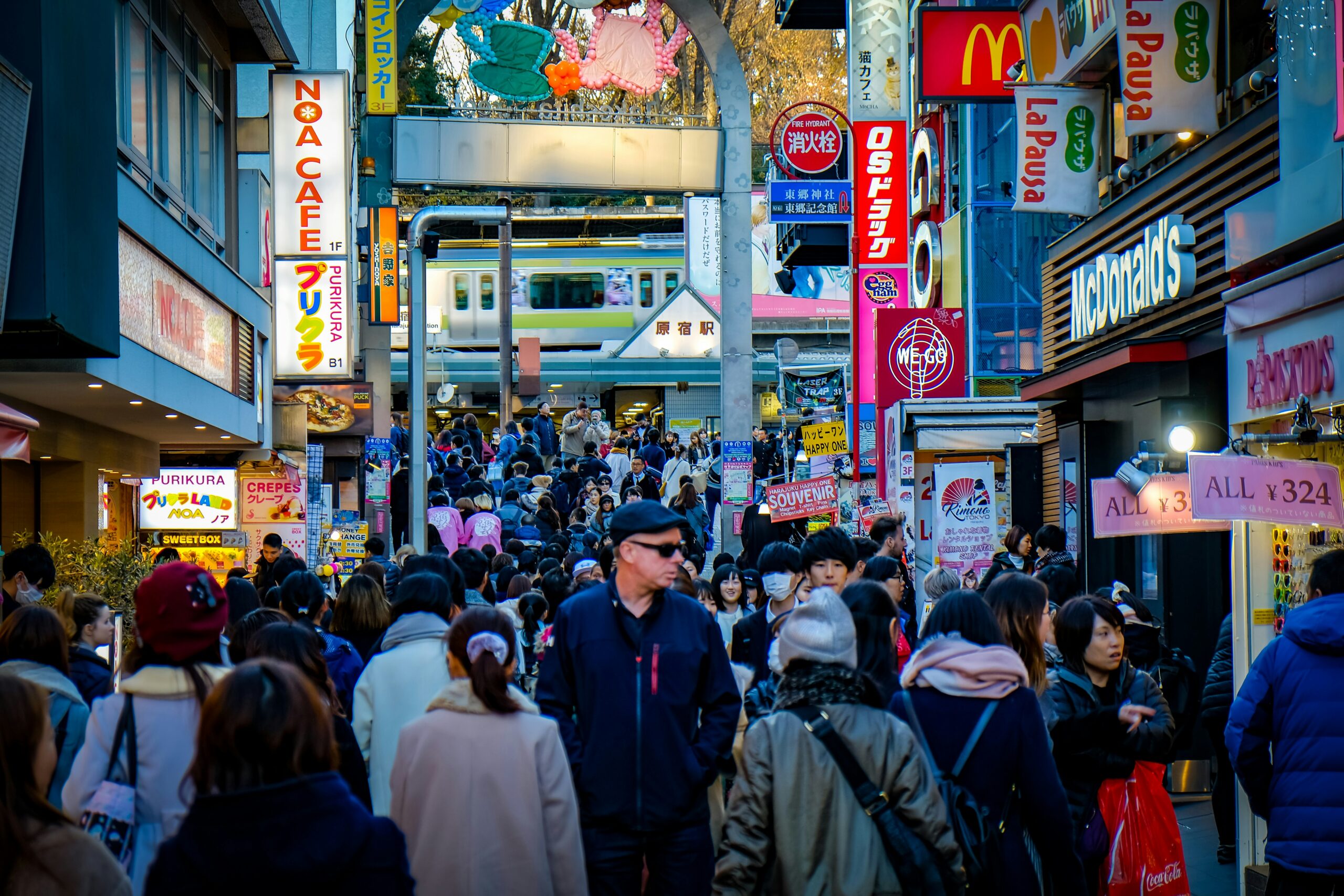It wasn’t on my original itinerary.
I work at a bank in London—a typical city dweller. Wanting to escape the constant pressure of daily life, I took a two-week holiday and came to Japan. Tokyo, Kyoto, Nara. I followed the trail of “historic Japan” as seen in guidebooks, visiting temples and gardens, quietly attuning myself to the changing seasons.
But one day, in the lounge of my hotel, I struck up a conversation with a Japanese university student who happened to sit next to me. He had a slender frame, wore a loose shirt, and had blond-tinged hair tied loosely behind him. There was something androgynous, almost ethereal about him. His name was Kanato. He was studying art, and when I mentioned the shrines and museums I had visited, he smiled and said, “That’s an interesting perspective. But you should check out Harajuku too—you’ll see a very different side of Japan.”
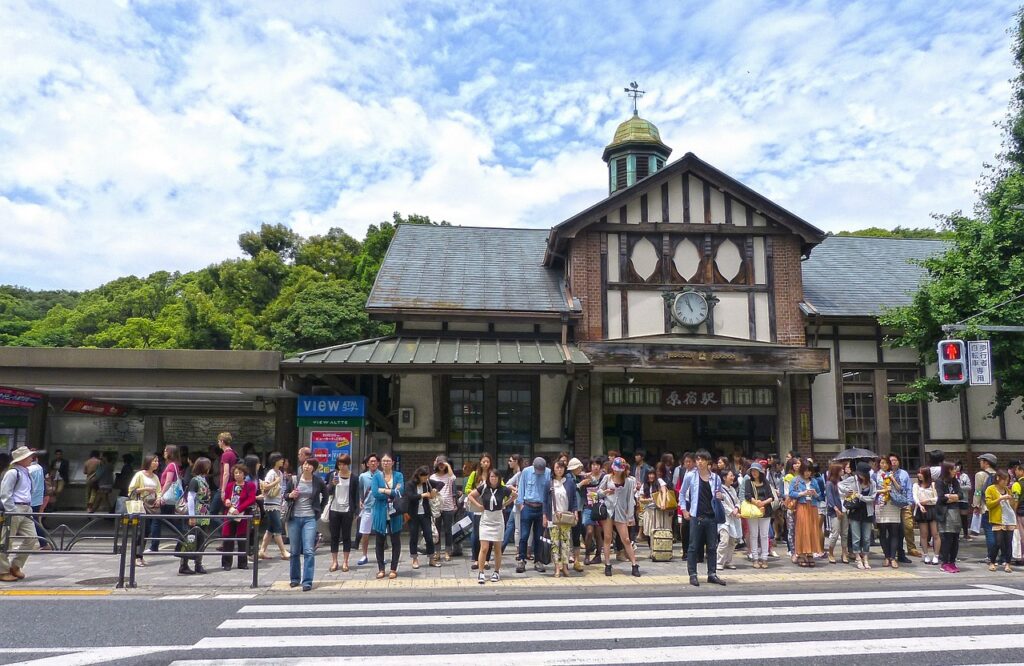
Harajuku. I’d heard of it, vaguely associating it with youth culture, but that was about it. Still, something about the quiet pride in his eyes stayed with me. What was in Harajuku? Perhaps, among the crowds of young people, there was a Japan I didn’t yet know. That curiosity led me to board the Yamanote Line the next morning.
I got off at JR Harajuku Station.
Just outside the station, Takeshita Street immediately came into view—an explosion of signs, music, and people. A tide of youth swept through the narrow street, some dressed in oversized bows and frilly clothes, as if they’d stepped out of an anime world.
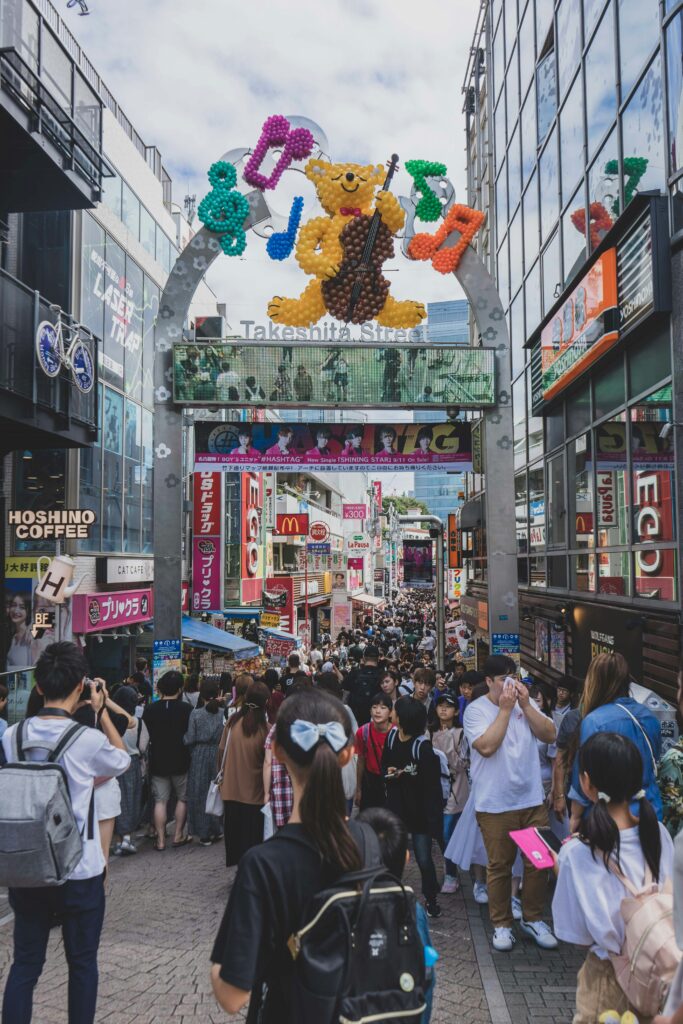
The entire street felt like an expression of individuality—fashion, sweets, accessories, all seemingly saying, “This is who I am.” I found myself drawn to a crêpe stand. The paper-thin crêpe was soft and chewy, filled with whipped cream, fresh strawberries, and a hint of bittersweet chocolate sauce. It wasn’t overly sweet, but wholly satisfying. Carrying one as you walked felt like an essential part of the experience here—a kind of uniform for this colorful street.
After weaving through the chaos of Takeshita, I reached Cat Street, where a calmer energy prevailed. The cobbled path, shaded by trees, was lined with stylish boutiques and intimate cafés.
One bistro caught my eye, its exterior covered in creeping plants. Inside, it was softly lit with antique-style lamps, and a mellow jazz tune floated through the air. English menus were available, and I ordered a teriyaki chicken rice bowl. The tender chicken, coated in a sweet-savory glaze, sat atop fluffy rice, crowned by a perfectly runny soft-boiled egg. The server, a woman a little younger than me, asked in gentle English, “Do you like Japanese food?” Our conversation was brief, but behind her smile, I sensed pride and kindness.
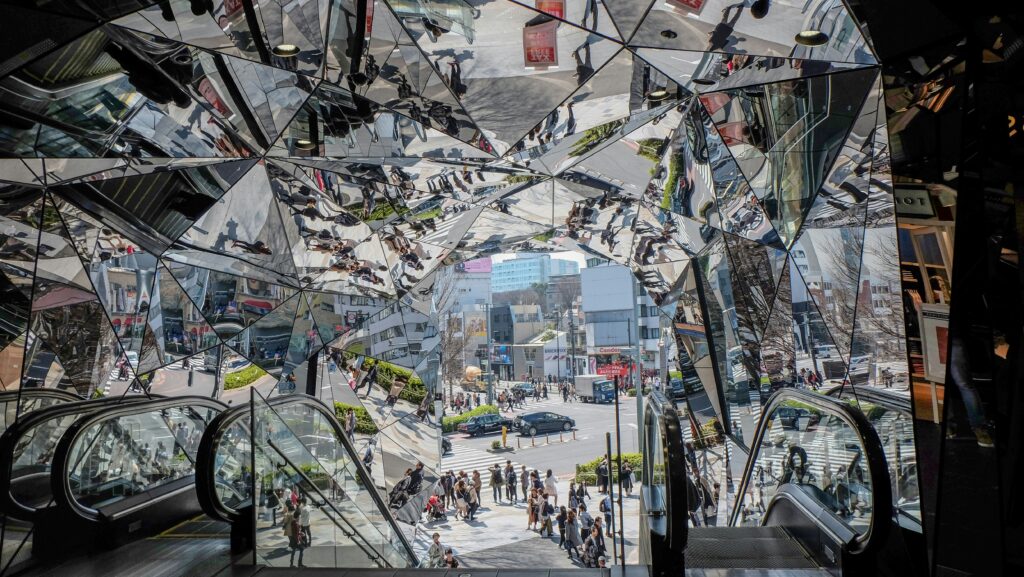
After lunch, I wandered toward Omotesandō. The tree-lined avenue shimmered in the early summer breeze, flanked by high-end brands and striking architecture. It was a more refined face of Harajuku—another layer to the district’s complex identity.
Further ahead, I stepped into the area known as “Ura-Harajuku” or “backstreet Harajuku.” Narrow alleyways led to vintage shops and hidden galleries, each feeling like a secret hideout. After browsing a few stores, I paused in front of a small gallery. Just then, a familiar face emerged from inside.
“…Hey! You actually came!”
It was Kanato. His eyes lit up in surprise and delight. “I mentioned it at the hotel yesterday, but I didn’t think you’d really come.”
Inside, young artists were preparing an exhibition. Kanato was among them. The theme: “City and Self.” Abstract paintings bursting with color and photographs capturing quiet corners of the metropolis adorned the walls. One piece caught my attention—a painting of Shibuya’s scramble crossing seen from above. Yet somehow, it carried a quiet loneliness alongside its beauty.
“You painted this?”
“Yeah. You know how sometimes the more crowded a place is, the lonelier it feels? That’s why I think it’s so important to find your own color.”
His words left me silent for a moment. The wild fashions of Tokyo’s youth, the chaotic energy of Harajuku—it wasn’t just about trends. Maybe it was about each person quietly asserting their right to be themselves. In that, I saw what it means to truly live in the present.
Later, I browsed designs by up-and-coming fashion creators at Laforet Harajuku and discovered Japan’s zine culture in a tiny bookstore tucked away in a back alley. These were not the sights in any travel guide, but they left deep impressions on me.
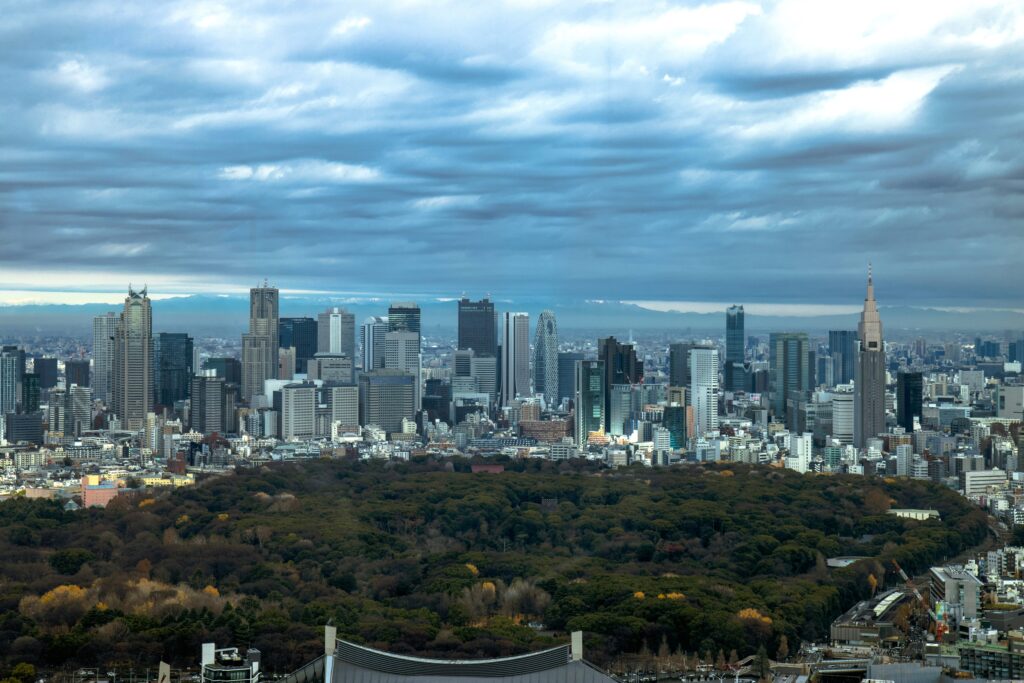
My last stop was Yoyogi Park. On its wide lawns, people spread picnic blankets: a young man strummed his guitar, a couple read quietly, families played. Sunlight filtered through the trees, glinting softly on my skin. I sat on a bench and closed my eyes for a moment of stillness.
Throughout this trip, I’d tried to touch “Japan’s history.” But what I encountered in Harajuku was something different: Japan living in the now. And in that moment, I felt myself growing a little lighter. It’s okay to trust your own instincts—to stop living for someone else’s gaze. That quiet courage, this neighborhood gave to me.
On my way back, I walked through Takeshita Street once more. The midday buzz had calmed, and the glow of dusk settled softly over the narrow road. The backs of the brightly dressed youths ahead of me seemed radiant—and just a little poignant.
I remembered something Kanato had said before we parted.
“I think travel is when your ‘normal’ breaks apart. And when that happens, something new begins.”
The early summer breeze brushed gently through my hair.
Something New Travel

